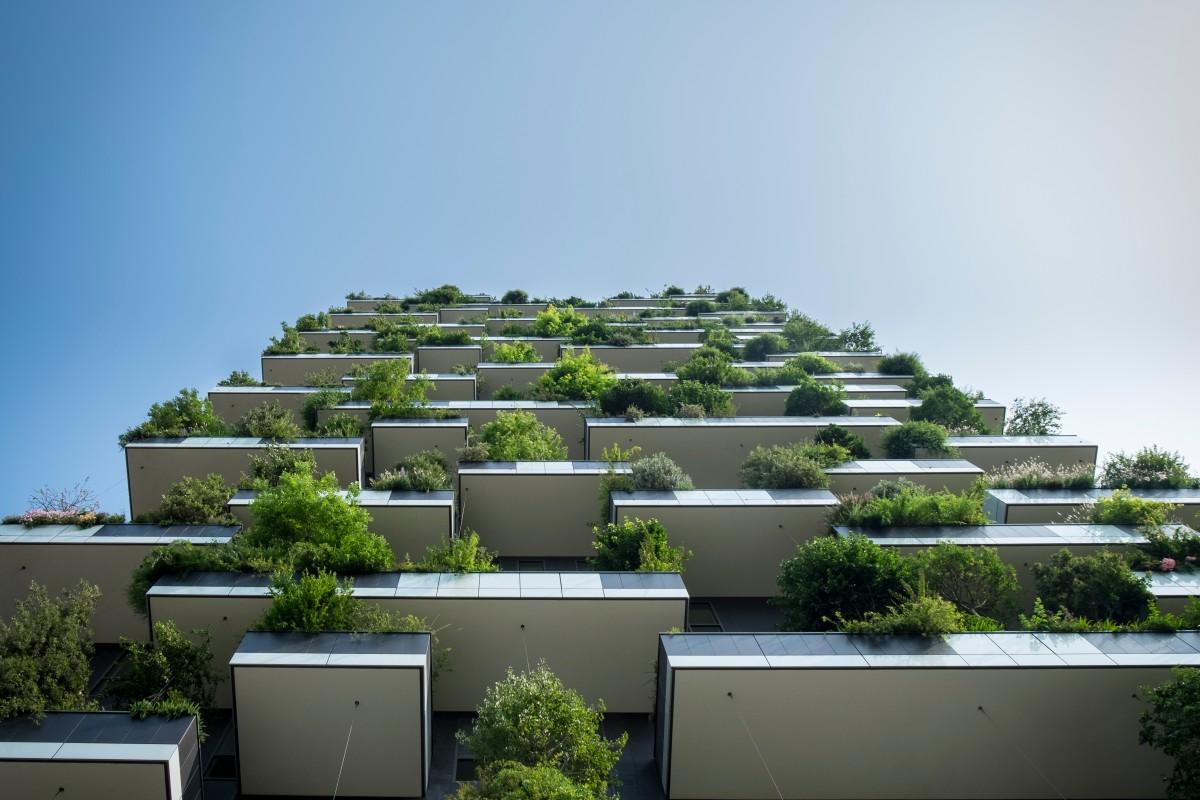
Sustainable Commercial Construction: Recent Trends
Whether you're working on a new construction or renovating an older building, it's much more than just getting the job done as fast as possible and in a budget-friendly manner. Now that green and environmentally friendly building practices have become more common than before, most builders are turning towards innovative methods of construction that offer more durability, safety, affordability, in addition to being earth-friendly.
As the IED master in interior design for commercial spaces and retail is teaching us, this field of design is currently calling for multidisciplinary professionals with sound management skills and an understanding of the fundamentals, methodologies and graphic tools involved in industrial and interior design.
In order to stay at the top of modern trends, choosing the right sustainable building materials is imperative. The following trends are the latest in sustainable commercial construction.
LOW-MAINTENANCE EXTERIORS
In addition to giving new buildings a more modern appearance, low-maintenance exteriors are more durable and resistant to the elements. For instance, fibre cement siding is a composite material made of cement that was reinforced with cellulose fibres which make it resistant to impact, termites, rot and fire.
If you opt for steel siding, you’ll be able to reap many benefits from metal wall cladding systems that not only give the building an impressive visual impact and eco-friendly design, but they also reinforce the structure, are corrosion and impact resistant and easily installed.
ECO-FRIENDLY INSULATION
High-quality insulation is one of the major construction features of any eco-friendly building as it significantly decreases energy consumption and loss. While there are many traditional types of insulation still widely in use, with eco-friendly insulation materials such as the building wrap, you’ll ensure your building has better air circulation and moisture control.
Moreover, if you include passive designs that take advantage of local climate, orientation, shading and other features, there’ll be almost no maintenance need, health hazards or environmental impact.
NATURAL INTERIORS
Using sustainable interior materials will add more warmth and charm to your building. With interior wood cladding, you have a wide choice of options when it comes to stains and finishes. Its production process emits no pollutants and is much more durable than artificial cladding. It can be easily matched with the rest of modern interior designs and it will add more value to your building.
Another eco-friendly material that can be used is stone for accent walls. It’s ecologically sound, makes an amazing focal point and can be produced in different forms, such as polished tile, layered brick or simple flat surface.
As for the floors, a great durable and sustainable option is engineered flooring. Commercial buildings endure a lot of foot traffic daily, so engineered hardwood floors are an excellent choice as they are comprised of multiple layers and can withstand moisture, temperatures and wearing.
SUSTAINABLE ENERGY SOURCES
One of the most prominent trends in green construction has been the use of solar energy. By installing solar panels on your building, you will significantly reduce energy consumption and reduce your carbon footprint. Fortunately, with the latest design developments, it's become super easy to incorporate the solar system into ultra-modern building designs and achieve an elegant look.
IMPROVED WASTE MANAGEMENT
Inefficient waste management poses serious problems for many commercial facilities and buildings as it requires a great deal of energy and money. Now more than ever, it’s necessary to shift the focus to more sustainable practices that will lead to more environmentally friendly companies. The usual problems are lack of knowledge, incentive and clever solutions for managing waste.
Many new buildings today are designed with environmentally-friendly plumbing that includes steel/PEX pipes for increased durability and heat retention, low-flow toilets that reduce water bills, outdoor water systems for water recycling and sanitary drainage systems that contribute to the overall well-being of the building's occupants.
When designing and remodelling your buildings, you can set new performance standards and introduce new levels of functionality. Sustainable building practices and trends that range from better insulation, improved waste management, the use of renewable energy sources to the low-maintenance exterior and nature-inspired interiors and flooring, will bring incredible coast benefits as well as pleasing visual results. Such building design is something that is becoming a must for builders and architects so that we can ensure a brighter and more sustainable future for the generations to come.

Recommended Comments
Join the conversation
You are posting as a guest. If you have an account, sign in now to post with your account.
Note: Your post will require moderator approval before it will be visible.